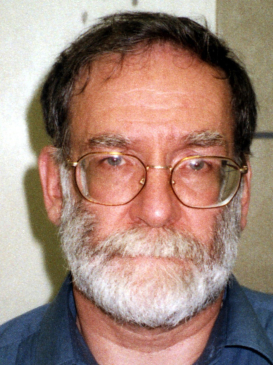Harold Shipman, often referred to as “Dr. Death,” is one of the most infamous serial killers in modern history. A British general practitioner, Shipman used his position of trust to murder an estimated 250 patients** over more than two decades. His crimes shocked the world and led to significant changes in medical practices and oversight in the United Kingdom. Here’s an overview of his chilling story.
Born on January 14, 1946, in Nottingham, England, Shipman grew up in a working-class family. His mother’s death from lung cancer when he was 17 deeply affected him. He later claimed her suffering inspired him to become a doctor. However, his career would take a dark and horrifying turn.
After graduating from medical school, Shipman began working as a general practitioner in the 1970s. He was well-liked by many of his patients and colleagues, often described as a dedicated and caring doctor. Beneath this facade, however, lay a chilling secret: Shipman was systematically killing his patients.
Shipman’s method involved administering lethal doses of diamorphine, a medical form of heroin, to his victims. He primarily targeted elderly women, often forging their medical records to make their deaths appear natural. His crimes went undetected for years due to his respected position and the trust placed in him by the community.
The first red flag appeared in 1975 when Shipman was fined for obtaining pethidine, a controlled drug, under false pretenses. Despite this, he continued practicing medicine. It wasn’t until 1998 that his crimes began to unravel. After the death of one of his patients, Kathleen Grundy, her daughter became suspicious when she discovered her mother’s will had been altered to name Shipman as the sole beneficiary. This led to an investigation that uncovered a horrifying pattern of deaths linked to Shipman.
In 2000, Shipman was convicted of murdering 15 patients, though the official inquiry estimated his total victim count to be around 250. He was sentenced to life imprisonment without the possibility of parole. On January 13, 2004, Shipman was found dead in his cell, having taken his own life.
The case of Harold Shipman had far-reaching consequences. It exposed critical flaws in the oversight of medical professionals and led to major reforms in the UK, including stricter controls on prescription drugs and the introduction of death certification reviews.
Shipman’s story is a stark reminder of how trust can be exploited and the importance of vigilance in positions of power. It also highlights the need for robust systems to prevent such abuses in the future.
What do you think about the Harold Shipman case? How can society better protect vulnerable individuals from those who abuse their authority? Share your thoughts below.




